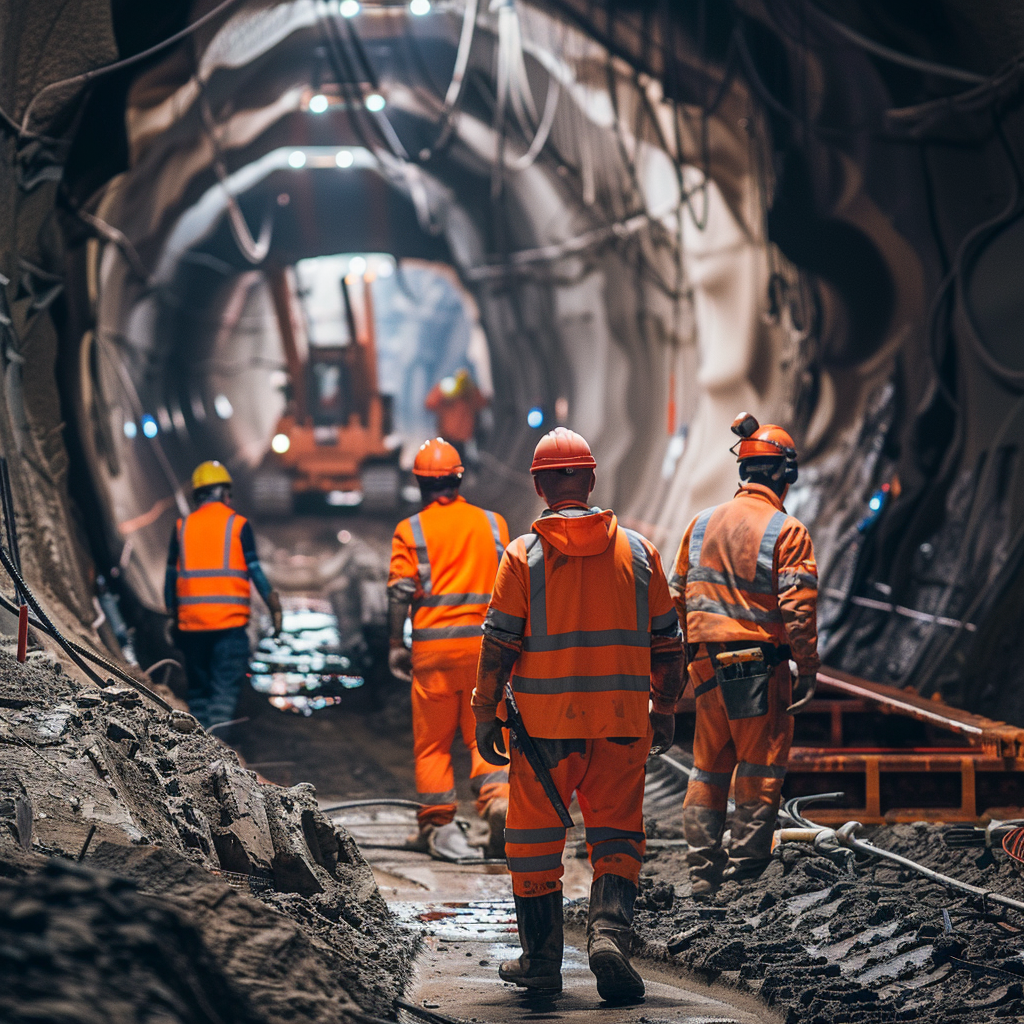Deep foundation services play a crucial role in the development of modern skyscrapers, as they provide the necessary support for these towering structures to remain stable and durable. With the increasing global trend of constructing taller and more innovative buildings, the importance of deep foundation systems has become more apparent. The growth of urban areas, combined with the need to maximize space in densely populated cities, has driven the demand for skyscrapers. But without a proper foundation, these skyscrapers would not be able to stand tall and withstand the forces of nature, such as wind, earthquakes, and the weight of the structure itself. Deep foundations are engineered to transfer the load of a building deep into the earth, where the soil or rock is stronger and more stable. This is especially important for skyscrapers, which exert immense pressure on the ground beneath them. The two primary types of deep foundations used in modern skyscraper construction are piles and drilled shafts, or caissons.

Piles are long, slender columns made of materials such as steel, concrete, or timber. They are driven deep into the ground using heavy machinery until they reach a layer of rock or dense soil that can support the weight of the building. Pile foundations are typically used in areas where the soil near the surface is too weak to support the structure. The piles distribute the load of the building to the stronger layers of soil or rock below. Drilled shafts, or caissons, are another type of Marine Bulkheading helical pile contractors New York deep foundation system commonly used in skyscraper construction. Unlike piles, which are driven into the ground, caissons are constructed by drilling a large hole into the earth and then filling it with concrete. This method is especially useful when constructing skyscrapers on rocky or uneven terrain, where piles may not be feasible. Caissons can also be used in conjunction with other foundation types to provide additional support for extremely tall buildings.
One of the key challenges in deep foundation design is ensuring that the foundations can withstand both vertical and horizontal forces. Skyscrapers are subject not only to the downward force of gravity but also to lateral forces such as wind and seismic activity. Engineers must carefully calculate the load-bearing capacity of the soil and design the foundation to distribute the forces evenly. Modern technology has significantly improved the precision of deep foundation services. Advanced computer modeling allows engineers to simulate the behavior of the soil and structure under different conditions, helping them optimize the foundation design for safety and efficiency. Additionally, innovations in construction materials and techniques have made it possible to construct deeper and more robust foundations than ever before. In conclusion, deep foundation services are essential to the construction of modern skyscrapers. By transferring the weight of these massive structures deep into the earth, they ensure the stability and longevity of the buildings.
